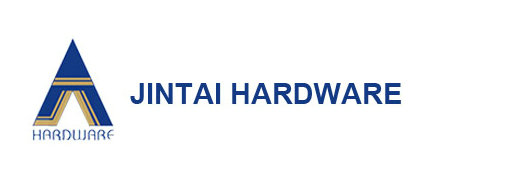Dry machining is one of the trends in metal cutting processing in the future. In
these years, especially in industrialized countries, dry-type bearings
have been regarded as dry cutting, and in order to comply with
environmental protection policies, they have vigorously discussed,
developed and implemented this new processing method. Cutting
fluid in the work of the lower cutting temperature has played an
excellent effect, there are bushing sliding bearings conducive to chip
breaking and chip removal, but there are also some problems, the use of
coolant, storage, cleaning and processing are very tedious, And the cost is high. The
damage of the cutting fluid to the environment and the health of the
operator sliding composite bearings has always been constrained by the
application. The
processing of cutting fluids is also not economical and these costs are
often discounted because they are included in direct costs. According
to the calculations of US companies, cutting fluid accounts for 14% to
16% of the total cost in assembling coolant processing systems, and the
tool cost only accounts for 2%-4%. It
is predicted that if 20% of the cutting process is selected for dry
processing, the total manufacturing cost can be reduced by 1.6%. Therefore, the direction of future machining is to use as little
cutting fluid as possible, high-temperature cutting data and coating, so
that dry machining becomes possible in the field of mechanical
manufacturing.
Dry
machining tool planning Tool planning always considers the
compatibility between the shapes, tool data and coating. It may not be
possible to select only suitable tool data for dry machining; perhaps as
long as coating methods make traditional tools become Dry machining tools. In traditional machining, various machining methods make different requests for tool planning. Dry machining tools are required to have the following conditions:
heat resistance, wear resistance of the tool data, the chip and the
collision factor between the tools to be as small as possible, the shape
of the tool to ensure the circulation of chips, easy heat dissipation,
high strength and impact toughness.
Dry machining tool planning needs to consider three aspects:
1, a few shapes. The thermal effect is the basic problem of dry processing. When
thinking about tool planning, it may be less important to start
producing heat, so it is necessary to have a small cutting force and a
small conflict. Additional
problems with deep-hole machining tools Yes, it is very difficult to
discharge the chips, so it is necessary for the tool planning to ensure
good chip discharge. In the case of small processing forces, the planning principle is that
of the large rake angle and the great roundness cutting angle.
2, tool data. The main temperature resistance of cutting data during dry machining. High hardness is also necessary if it is necessary to use a large rake angle. Nowadays, there are ultra-fine grain carbides, CBN, PCD, ceramics, and
cermets for cutting tools that are suitable for dry machining.
3, coating. Nowadays,
one of the factors that can be used for machining without the cutting
fluid is the coating, which reduces the temperature shock by suppressing
the heat conduction from the cutting zone to the blade. The
tool data can then be coated to complete "solid-smooth" cutting
conflicts and bonds, the tool absorbs less heat and can accept higher
cutting temperatures. The coating has several functions in dry
machining: the tool and cutting Data isolation, conflict reduction, insulation. Dry machining tools are usually coated and play a major role in tool function. TiAIN
coating has excellent heat resistance and high temperature function.
Compared with TiN and TiCN, the addition of AI makes the tool's
anti-oxidation function greatly improved. It is very suitable for
high-speed machining and dry machining. Its function is superior to TiC four times when cutting at high temperature.
Dry
cooling and smooth dry machining If a spray is used for cooling, the
negative effects of the choice of cutting fluid are eliminated. This
means that the tool and the workpiece do not have to be cooled for a
long time, the chips and tools do not have to be cooled for a long time,
the separation time between the chip and the tool is short, and the
chipping is difficult. The
methods to deal with these unfavorable factors can be compensated by
the tool planning and coating techniques mentioned above. Although improvements have been made, it is not always enough and it is necessary to add cooling and smoothing. Cooling or smoothing in dry processing is also called quasi-dry processing. Practical application: Compressed air or cool air is used for cooling.
Cooling at -20°C and a small amount of smooth oil are used for turning.
The spray is smooth and used for drilling.
Dry
machining means that cutting fluids can be eliminated during drilling,
turning, and boring, saving money and protecting the environment. Now,
Europe and Japan attach great importance to the research of dry
processing. Generally speaking, cutting the use of cutting fluid can
save 10% to 15% of the processing cost. The
European industry has gradually realized the advantages of dry
processing. In mass production, about 10% to 15% of the processing has
now been selected for dry processing.
CATEGORIES
Latest news
- Ferrofluid Vacuum Feedthrough Seals us
- Dry Bearing Bush
- Ball transfer unit
- Motorcycle suspension bushing
- Bimetal Flange Bush Bearing
- Selection standard for dimension refer
Contact us
- ADD: No.503,Hunan International Commerce Center, Jintai Square,Changsha 410001,Hunan.
- TEL: +86 731 84770165
- FAX: +86 731 84770163
- E-mail: sales3@slide-bearing.com

